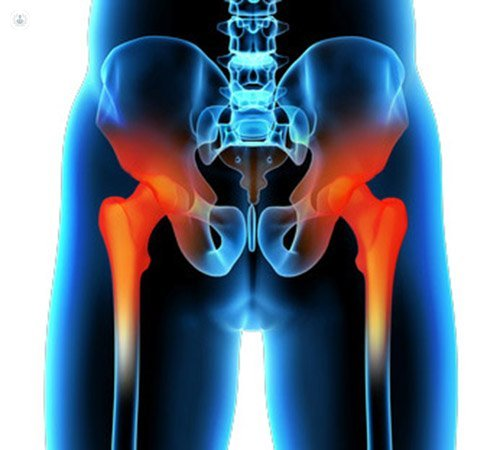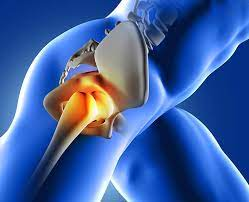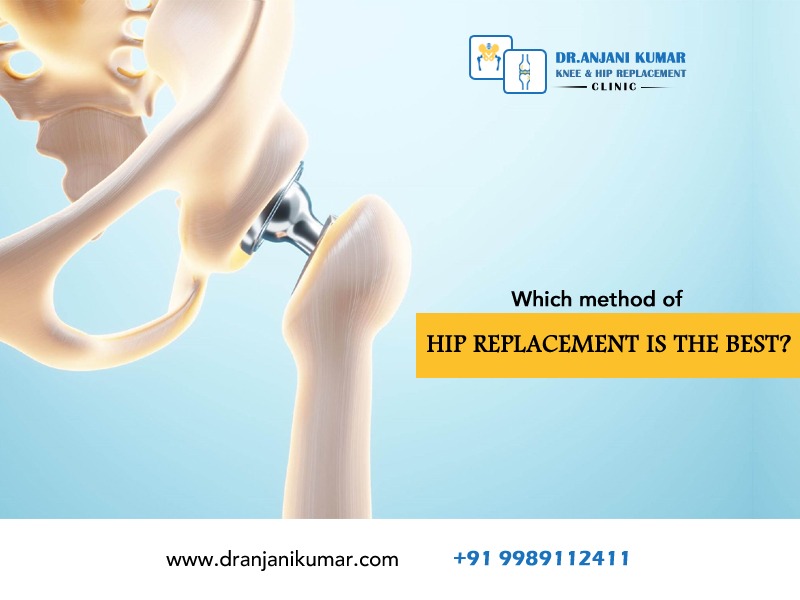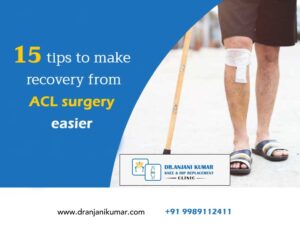Everyone is neglecting their health as a result of their busy schedules. Stress from the same daily routine frequently results in hip and joint pain. The majority of these individuals experience hip pain.
Following are some tips for treating hip and joint pain:
Keep a Healthy Weight: Carrying around extra pounds puts extra strain on the joints, notably the hips. Hip pain can be relieved, and the chance of further joint damage can be decreased by maintaining a healthy weight through regular exercise, a balanced diet, and both.
Practise Good Posture: Whether you’re standing or sitting, pay attention to your posture because it might affect how your hips and joints feel. Maintain good alignment, take breaks to stretch, and use ergonomic chairs and workstations.
Exercise Regularly: If you work or live a sedentary lifestyle, make an effort to take pauses and include movement into your daily routine. Exercise regularly. Long durations of sitting can aggravate hip soreness and stiffness. Throughout the day, get up, stretch, and move around occasionally.
Manage Stress: Stress can make the pain worse and make muscles tense. Include stress-reduction practises in your routine, such as yoga, deep breathing exercises, meditation, or relaxing activities.
Seek Professional Assistance: It is advised to speak with a healthcare provider if you are dealing with chronic hip and joint discomfort. They can assess your illness, make an accurate diagnosis, and suggest the best course of action, including physical therapy, medicine, or other interventions.
For your long-term well-being, remember that prioritising your health is crucial. You can treat hip and joint discomfort and enhance your general quality of life by making little adjustments to your routine and getting professional advice.

To evaluate the best treatment, determine the cause of hip discomfort, and recommend the best course of treatment, it is recommended that you speak with an orthopaedic surgeon who specialises in hip problems. The surgeon will consider the patient’s overall health, the results of any imaging tests, and their goals when determining whether hip surgery, such as a hip replacement, is required.
The ideal hip replacement process will vary depending on the patient’s choices, the surgeon’s experience, and the patient’s medical condition. Hip replacement surgery can be done using various surgical methods, each having advantages and limitations.
Among the most commonly used hip replacement procedures are:
Posterior Approach: The posterior approach is the hip replacement technique that is most frequently employed. A cut must be made at the back. This technique offers the surgeon superior sight, enables precise prosthesis insertion, and reduces the chance of harming blood vessels or nerves.
Anterior Approach: An incision is made on the front of the hip when using the anterior approach. Instead of cutting through muscles, this procedure enables the surgeon to reach the hip joint. It might cause less muscular injury, speeding up recovery and requiring fewer postoperative precautions. It may have a longer learning curve for surgeons and require specialised training.
Lateral Approach: An incision is made on the side of the hip when using the lateral technique. This method offers excellent visualisation and easy access to the joint. However, it can harm the abductor muscles, impairing stability and walking throughout the healing process.
Minimally Invasive Surgery (MIS): Compared to conventional methods, MIS techniques require fewer incisions and less muscle dissection. These techniques are meant to lessen discomfort, minimise tissue damage, and hasten healing. MIS procedures can be carried out in several ways, including posterior, anterior, or lateral approaches.

Remember to check with a qualified orthopaedic surgeon before selecting your surgery strategy. To choose the best course of action for you, they will assess your unique condition and consider things like bone quality, soft tissue integrity, and personal requirements. The surgeon’s proficiency and experience with a particular technique are also essential for the best results.
It is inappropriate to state which surgical technique is best because the surgeon already knows which surgical methods are most appropriate for the patient considering their medical conditions.
Depending on the patient and the unique circumstances of their accident and treatment, ACL surgery can differ. Always consult your healthcare physician for specific advice on accelerating your ACL healing.
Knee replacement surgery may be recommended in advanced cases, especially if the joint has collapsed or the bone has become severely deformed.
Dr Anjani Kumar has 20 years of experience and successfully performed 2000 knee replacement surgeries, 350 hip replacement surgeries, and 500 pelvic acetabular surgeries throughout his career. Please get in touch with us on Mobile: at +91 9989112411 and by E-mail: anjanikumar@ gmail.com




